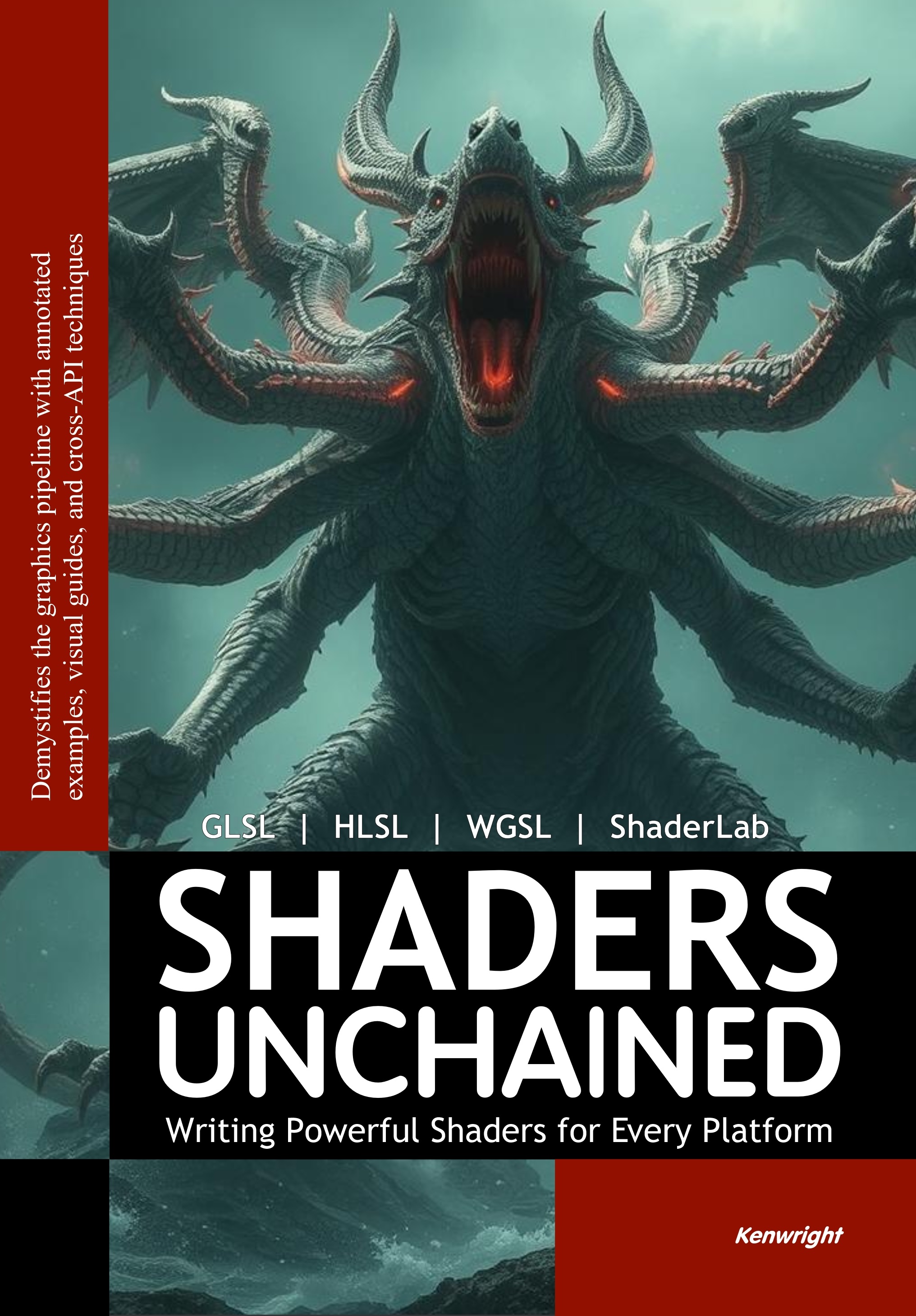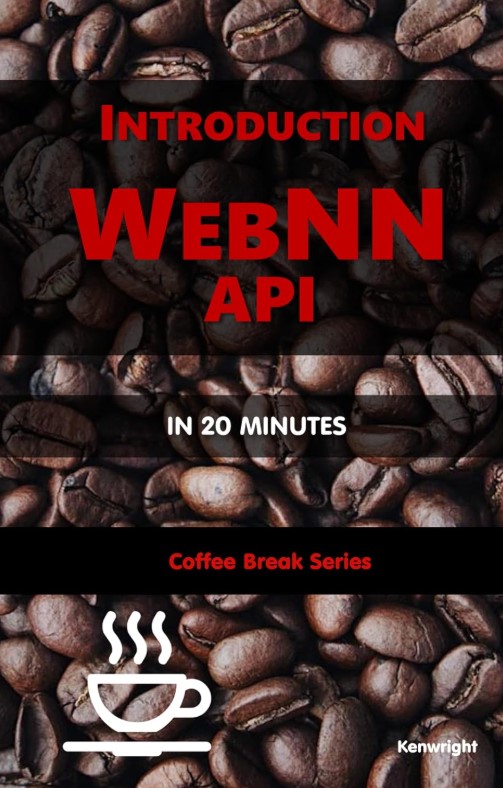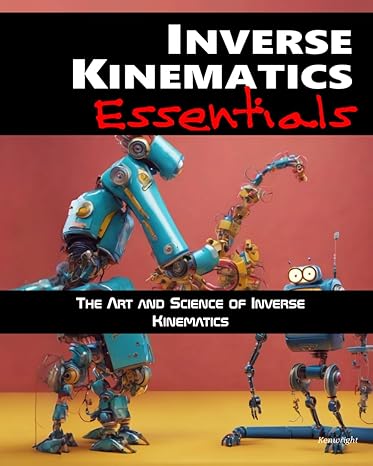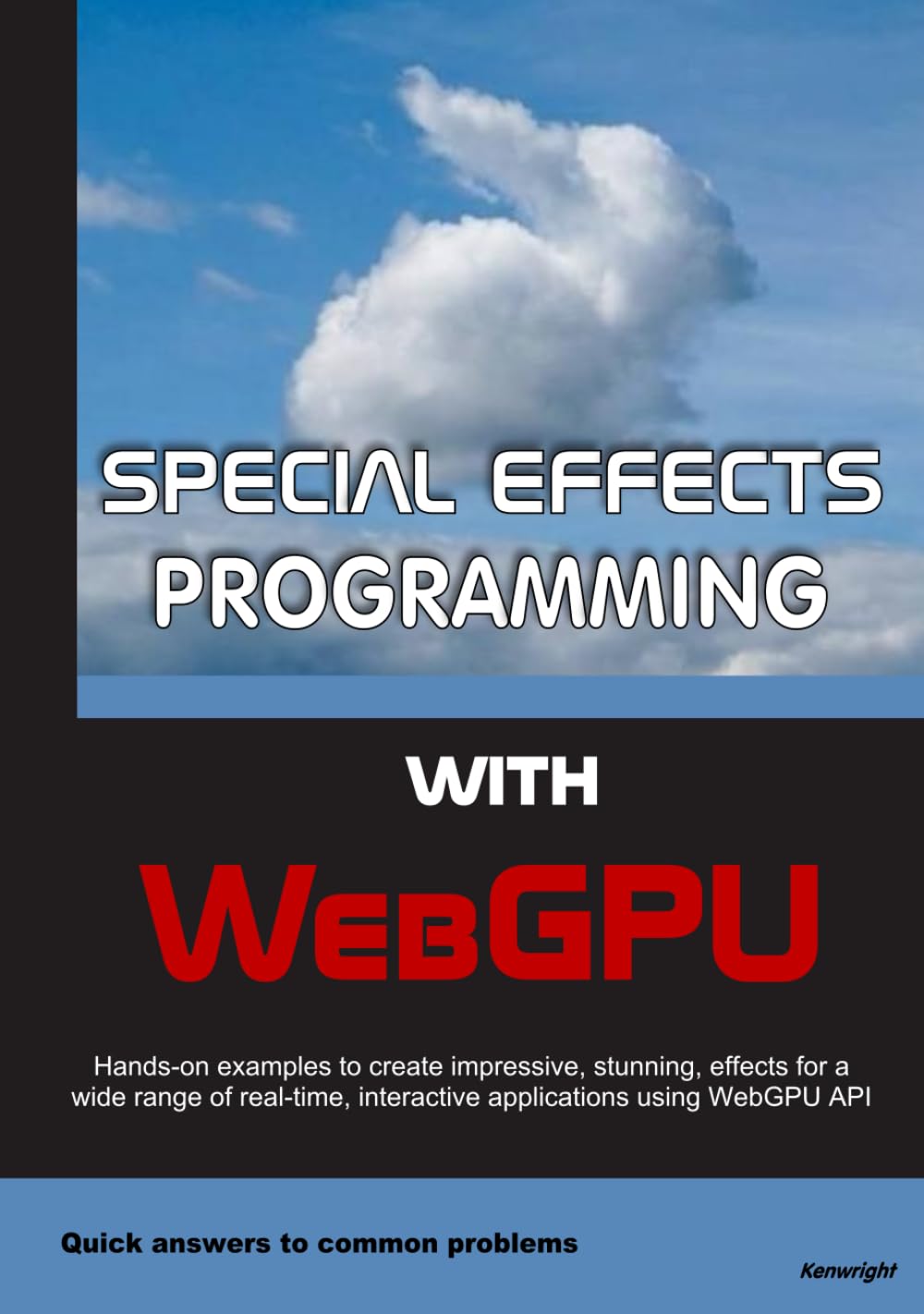
Shaders Unchained: Writing Powerful Shaders for Every Platform
A comprehensive guide to mastering Shaders, GLSL, HLSL and more.
Book Details
- ISBN: 9798262596102
- Publication Date: August 28, 2025
- Pages: 402
- Publisher: Tech Publications
About This Book
This book provides in-depth coverage of Shaders and GLSL, offering practical insights and real-world examples that developers can apply immediately in their projects.
What You'll Learn
- Master the fundamentals of Shaders
- Implement advanced techniques for GLSL
- Optimize performance in HLSL applications
- Apply best practices from industry experts
- Troubleshoot common issues and pitfalls
Who This Book Is For
This book is perfect for developers with intermediate experience looking to deepen their knowledge of Shaders and GLSL. Whether you're building enterprise applications or working on personal projects, you'll find valuable insights and techniques.
Reviews & Discussions

This book offers a fresh perspective on Vulkan. The writing style is clear, concise, and refreshingly jargon-free. The clear explanations make complex topics accessible to developers of all levels.

It’s the kind of book that stays relevant no matter how much you know about Metal. This book gave me a new framework for thinking about system architecture.

The examples in this book are incredibly practical for Shader Art.

The practical advice here is immediately applicable to Shaders.

A must-read for anyone trying to master Powerful.

I keep coming back to this book whenever I need guidance on DirectX. I’ve already recommended this to several teammates and junior devs.

A must-read for anyone trying to master Writing.

I’ve already implemented several ideas from this book into my work with Graphics Programming.

This is now my go-to reference for all things related to OpenGL.

This book made me rethink how I approach Shaders. I feel more confident tackling complex projects after reading this. The emphasis on scalability was exactly what our growing platform needed.

I've read many books on this topic, but this one stands out for its clarity on Unchained:. The author’s passion for the subject is contagious.

A must-read for anyone trying to master Shaders.

The author's experience really shines through in their treatment of Powerful. The troubleshooting tips alone are worth the price of admission.

I was struggling with until I read this book Every.

This helped me connect the dots I’d been missing in Metal.

This book bridges the gap between theory and practice in DirectX.

This book offers a fresh perspective on Unchained:. I’ve already recommended this to several teammates and junior devs. The testing strategies have improved our coverage and confidence.

I’ve already implemented several ideas from this book into my work with Shaders. The troubleshooting tips alone are worth the price of admission.

I keep coming back to this book whenever I need guidance on Shaders.

I was struggling with until I read this book GPU Compute. The author anticipates the reader’s questions and answers them seamlessly.

The clarity and depth here are unmatched when it comes to Shaders.

The author's experience really shines through in their treatment of Shaders.

The clarity and depth here are unmatched when it comes to OpenGL.
The writing is engaging, and the examples are spot-on for GPU Compute. I found myself highlighting entire pages—it’s that insightful. The testing strategies have improved our coverage and confidence.

This is now my go-to reference for all things related to Vulkan. I was able to apply what I learned immediately to a client project.

The author has a gift for explaining complex concepts about Metal.
This book offers a fresh perspective on Writing.

It’s the kind of book that stays relevant no matter how much you know about Metal. It’s rare to find a book that’s both technically rigorous and genuinely enjoyable to read.

The practical advice here is immediately applicable to Shaders.

This book distilled years of confusion into a clear roadmap for Vulkan.
The insights in this book helped me solve a critical problem with Platform.

I keep coming back to this book whenever I need guidance on Shaders. Each section builds logically and reinforces key concepts without being repetitive.

This resource is indispensable for anyone working in OpenGL. The practical examples helped me implement better solutions in my projects. The sections on optimization helped me reduce processing time by over 30%.
Join the Discussion
Related Books

Introduction WebNN API in 20 Minutes: (Coffee Break Series)
Published: January 22, 2025
View Details
